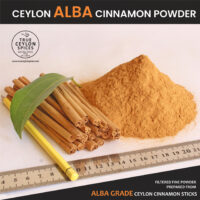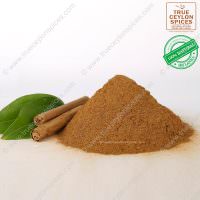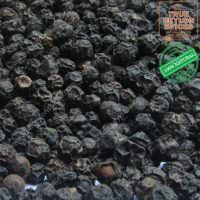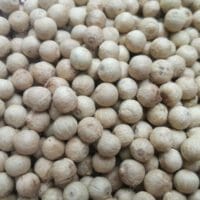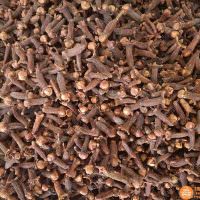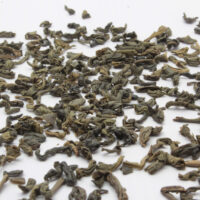Monthly Archives: July 2015
Where True Cinnamon Comes from?
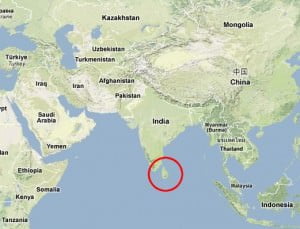 Are you sure you know where cinnamon comes from? Of course, it’s a spice we use very often, but we don’t usually know much about where it grows and how it comes to us. Cinnamon is one of the spices that is so useful that we often just take it for granted. We all probably have a jar of ground cinnamon somewhere in our kitchen cupboards. We use it almost everywhere: in desserts as well as in savory dishes. Many of us know that we can use it in our beauty routine and that it may even have health benefits.
Are you sure you know where cinnamon comes from? Of course, it’s a spice we use very often, but we don’t usually know much about where it grows and how it comes to us. Cinnamon is one of the spices that is so useful that we often just take it for granted. We all probably have a jar of ground cinnamon somewhere in our kitchen cupboards. We use it almost everywhere: in desserts as well as in savory dishes. Many of us know that we can use it in our beauty routine and that it may even have health benefits.
Apparently, we use cinnamon a lot, but we are still not quite sure about where we get it from. So, where does it come from? In ancient times, the source of cinnamon was kept a secret. It was so precious that Arabs invented amazing stories of giant birds which made their nests from the mysterious cinnamon sticks and guarded them, so that people risked their lives if they wanted to have them. Many of us are still not familiar with the source of cinnamon.
“Ceylon cinnamon” or “true cinnamon” (Cinnamomum verum) comes from the inside layer of bark from a number of various evergreen trees originating from Sri Lanka, or as it used to be called, Ceylon. First, the outer bark of the trees is shaven off, and then the inside bark, which is actually the cinnamon layer. After that the cinnamon is dried for further use. As it is drying, it naturally curls up and forms so called “quills” which are crushed into powder or cut into sticks.
Why are we talking about “true cinnamon”? It’s because the content of the jar in your kitchen is most likely something else – similar spice closely related to cinnamon which is called cassia. There are a few types of cassia: Chinese cinnamon, Indonesian cinnamon and Vietnamese cinnamon. We usually consider them as the same.
How can we tell the difference? Ceylon true cinnamon has a mild, delicate and more complex flavour, and it is more expensive. Its flavour is ideal if we want just a supporting role of the spice in our dishes. Most of it is still produced in Sri Lanka, and it is popular for baking and flavoring favourite drinks such as coffee or hot chocolate.
However, many people don’t want the mildness, and that’s why cassia is also popular. Cassia is much sweeter and spicier because it has a higher oil content. Cassia sticks are hard and they consist of the outer and inner bark. Certainly it is more suitable if you want a dominating flavour.
Be careful! There is one critical difference between the two types of cinnamon. Cassia cinnamon contains high levels of coumarin, a naturally occurring toxin which might damage the liver if consumed in high doses. It was also proved to be cancer-causing in rodents. On the other hand, Ceylon cinnamon contains only traces of coumarin.
While the first traders kept its source a mystery, today we know that Cinnamon comes from the Island of Sri Lanka which is the true home of Cinnamon.



